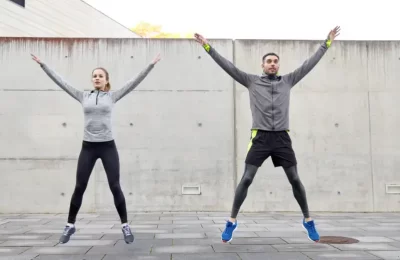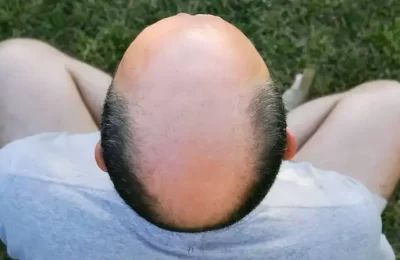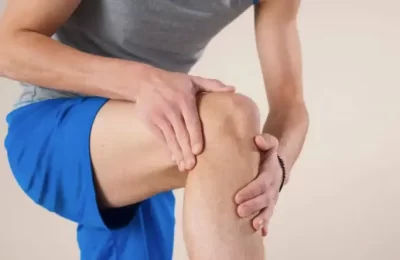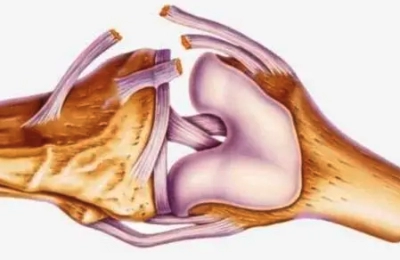How to Better Protect Your Knees While Jumping Rope
Jumping rope is a great way to improve overall health, lose weight, and boost cardiovascular fitness. However, jumping rope still puts pressure on the knee joints and lower leg muscles, which can lead to a certain degree of injury risk. Here are some tips on how to protect your knee joints during jumping rope:

Use proper jumping shoes.
Wearing appropriate jumping shoes can stabilize your toes and reduce pressure on your feet, helping your knee joints maintain good posture and comfort. Jumping shoes should have good cushioning and support.
Choose a soft jumping surface.
Jumpers should choose a soft and elastic surface for jumping, such as a jumping mat, carpet, or grass. Hard surfaces, such as cement or artificial tracks, generate more impact on the knee joints and are more prone to injury and fatigue.
Adjust rhythm and time reasonably.
Gradually increase your rhythm and time while jumping rope, avoid sudden acceleration or changes in jumping style to prevent sudden increases in knee joint burden.
Pay attention to correct jumping technique.
Correct jumping technique can reduce pressure on knee joints during jumping and reduce the risk of knee injuries. The correct jumping technique includes: alternating toe landings, keeping both feet at a certain distance on the ground, bending knees, letting both arms hang naturally, and rotating the jumping rope around the elbow joint.
Warm-up and stretch.
Before jumping rope, do an appropriate warm-up activity and knee joint stretching to adapt to the high-intensity jumping needs and increase joint flexibility while reducing the risk of injury.
In general, jumping rope is a very beneficial exercise for physical health, yet requires jumpers to grasp the correct techniques and protective measures to reduce the risk of knee joint injuries.
In summary, protecting knee joints during jumping rope can be done by using proper jumping shoes, choosing a soft jumping surface, adjusting rhythm and time reasonably, paying attention to correct jumping technique, and warming up and stretching beforehand. By doing so, jumpers can reduce the risk of knee joint injuries and enjoy all the health benefits of jumping rope.
Related keywords: 1. jumping rope 2. knee joint protection 3. proper jumping shoes 4. soft jumping surface 5. correct jumping technique 6. warm-up 7. stretch 8. injury prevention.





